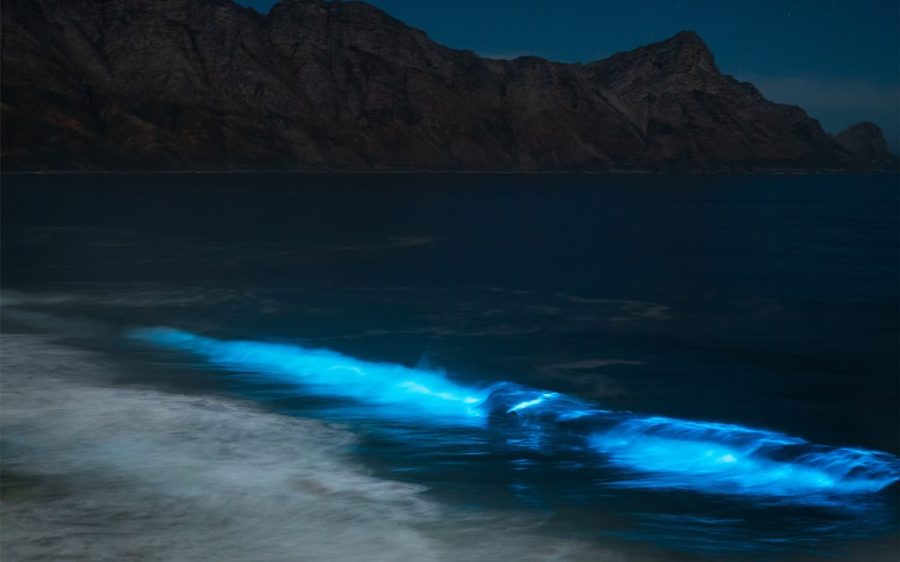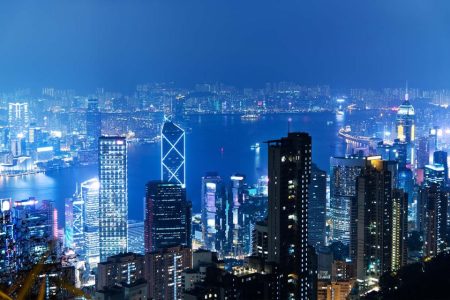Water at various beaches in Zhuhai has been emitting a blue glow for the past several nights, multiple local media sources report.
The natural phenomenon, which is known as bioluminescence, is caused by a type of marine algae called dinoflagellates or Noctiluca scintillans.
Under specific temperatures, light conditions and nutrient levels, these microorganisms will light up when disturbed by the motion of the water.
[See more: Red tide hits Cheoc Van Beach]
Although sea sparkle, as the phenomenon is also known, may be an attractive sight to some, some scientists and reports have suggested that it is a symptom of pollution, as well as climate change.
In recent days, the bioluminescence has been observable at Heng Shi Ji Beach, Mu Tou Chong Beach and Yang Guan Zui Beach in Zhuhai’s Jinwan district, although its extent and duration have been gradually abating.
Zhuhai’s beaches is by no means unique when it comes to bioluminescent algae. The phenomenon has been witnessed across the world, from Singapore and Australia, to the United States and Puerto Rico.






